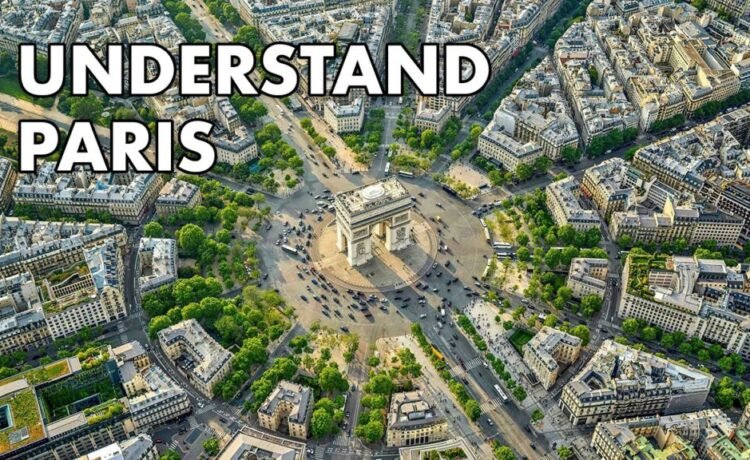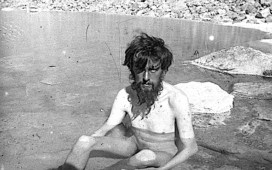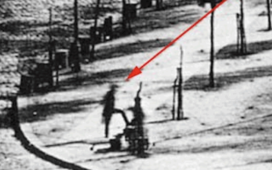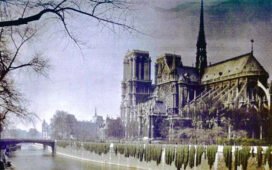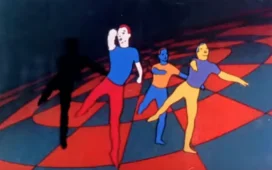Even today, the Paris of the popular imagination is, for the most part, the Paris envisioned by Baron Georges-Eugène Haussmann and made a reality in the eighteen-fifties and sixties. Not that he could order the city built whole: as explained by Manuel Bravo in the new video above, Paris had already existed for about two millennia, growing larger, denser, and more intricate all the while. But as the prefect under Emperor Napoleon III, Haussmann was empowered to carve it up by force, opening “dozens of wide, long avenues that connected important parts of the city,” a layout that “mirrored the street system in Rome created 300 years earlier by Pope Sixtus V, but on a much grander scale.”
However considerable the violence it did to medieval Paris, this process of “Haussmannization” showed a certain historical consciousness. After all, the French capital was once a Roman city: Lutetia Parisorum, named for the Parisii, the Gallic tribe that had inhabited the island in the middle of the Seine that Parisians now call Île de la Cité.
As was their usual modus operandi, the conquering Romans laid a cardo maximus running from north to south, today known as Rue Saint-Jacques. Thereafter, “the rest of the original layout was lost to organic growth.” In the form Paris eventually took in the Middle Ages, “there were no public urban spaces of major significance”: no Place Dauphine, no Place des Vosges, no Place Vendôme.
Those very same Parisian squares now enjoyed by locals and tourists alike did much to develop the expectation of “aesthetic unity” in the city’s built environment, and a couple of centuries before Haussmann at that. It may not be a complete exaggeration to call Paris frozen in the Baron’s mid-nineteenth century, but as Bravo explains, a close examination of both the city’s celebrated spaces and overall form reveals the ways in which a much deeper past has done its part to shape or inspire them. An enthusiast of urban history can spend weeks, months, or even years appreciating the details that remind us that the palimpsest of Paris has never quite been overwritten, even in a place as unrelentingly examined — if seldom truly seen — as the Louvre.
Related Content:
A 3D Animation Reveals What Paris Looked Like When It Was a Roman Town
Take an Aerial Tour of Medieval Paris
The Architectural History of the Louvre: 800 Years in Three Minutes
A 5‑Hour Walking Tour of Paris and Its Famous Streets, Monuments & Parks
Venice Explained: Its Architecture, Its Streets, Its Canals, and How Best to Experience Them All
Based in Seoul, Colin Marshall writes and broadcasts on cities, language, and culture. His projects include the Substack newsletter Books on Cities and the book The Stateless City: a Walk through 21st-Century Los Angeles. Follow him on the social network formerly known as Twitter at @colinmarshall.

